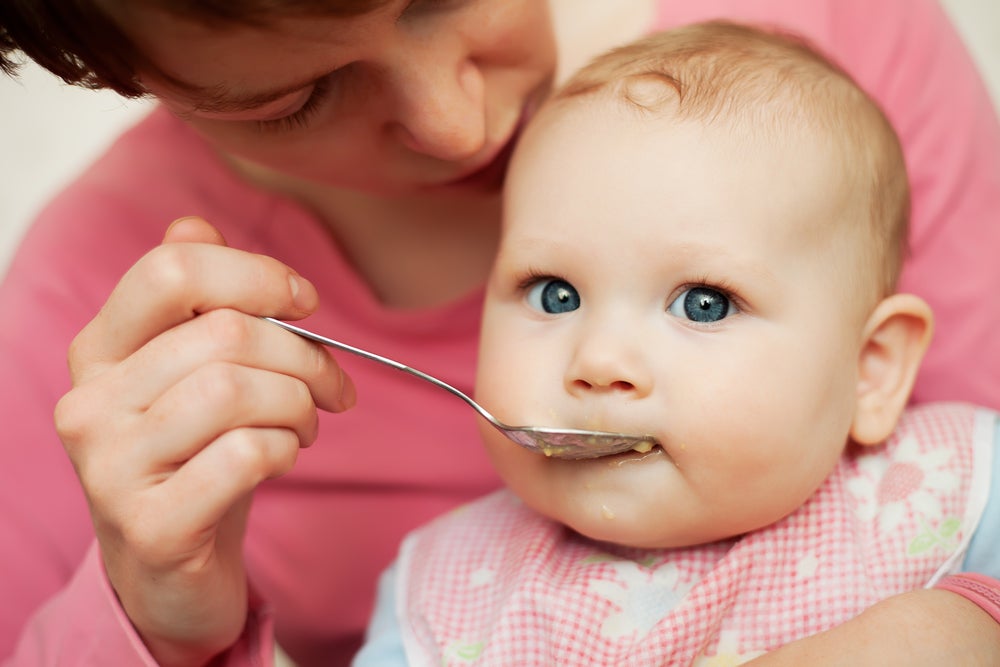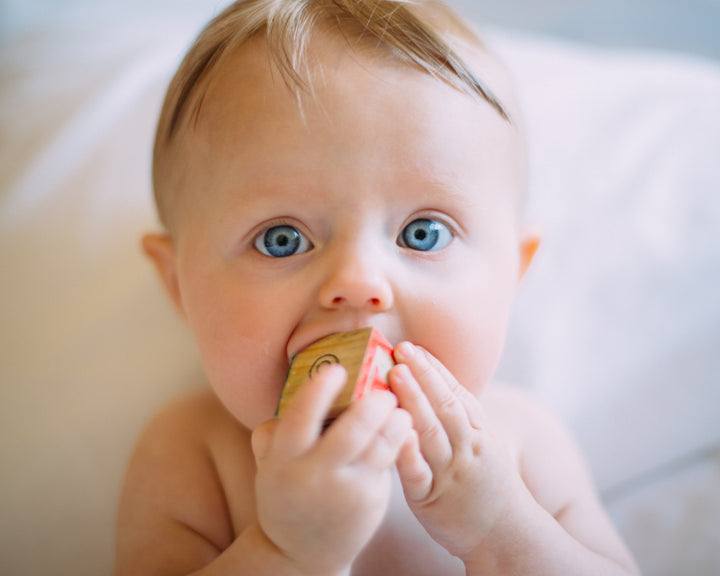Microplastics in Baby Food: Potential Risks and Safe Cooking Methods
Microplastics in Baby Food: Potential Risks and Safe Cooking Methods
Feeding your baby nutritious and safe food is every parent’s priority. However, recent studies have raised concerns about the presence of microplastics in baby food, which could pose serious health risks to infants. From plastic packaging to contaminated ingredients, microplastics can inadvertently make their way into homemade and store-bought baby food. In this blog post, we will discuss the potential risks of microplastics in baby food and how to prepare safer, healthier meals for your little one.
Why Are Microplastics in Baby Food a Concern?
Infants are particularly vulnerable to the harmful effects of microplastics because:
- Developing Immune and Digestive Systems: Babies are still building their immunity and developing gut health, making them more susceptible to toxins.
- Higher Food Intake Relative to Body Weight: Babies consume more per unit of body weight compared to adults, increasing exposure risk.
- Potential Long-Term Health Impacts: Early exposure can have lasting effects on health and development.
How Do Microplastics Get Into Baby Food?
Microplastics can enter baby food through various pathways:
- Plastic Packaging: Ready-made baby foods are often stored in plastic containers or pouches, which can shed particles.
- Cooking Utensils and Containers: Using plastic cookware or storing warm food in plastic containers can increase contamination.
- Water Used in Cooking: Unfiltered tap water may contain microplastic particles that end up in purees and soups.
- Contaminated Ingredients: Some ingredients, especially those from polluted areas, may already contain microplastics.
Health Risks of Microplastics in Baby Food
Ingesting microplastics can have several negative effects on infants:
- Gastrointestinal Irritation: Microplastics can cause inflammation and digestive discomfort.
- Hormonal Disruption: Chemicals like BPA and phthalates interfere with hormonal regulation.
- Immune System Impairment: Chronic inflammation may weaken the baby’s developing immune system.
- Neurodevelopmental Concerns: Potential effects on brain development and cognitive function.
Tips to Minimize Microplastic Exposure in Baby Food
Here are some practical ways to reduce the risk of microplastic contamination:
1. Choose Safe Cooking Materials
- Opt for Stainless Steel or Glass Cookware: Avoid using plastic containers and utensils when preparing or storing baby food.
- Use Silicone Alternatives: Instead of plastic spatulas or spoons, choose silicone versions.
2. Filter Your Water
- Install a High-Quality Filter: Reverse osmosis or activated carbon filters can help reduce microplastics.
- Boil Filtered Water: Further purify water before using it in baby food preparation.
3. Prepare Homemade Baby Food
- Use Fresh Ingredients: Minimize the use of processed or pre-packaged ingredients.
- Avoid Pre-Made Baby Foods: Commercially prepared foods often come in plastic packaging.
- Cook from Scratch: Puree fresh vegetables and fruits using safe, non-plastic utensils.
4. Store Food Safely
- Glass Containers Are Best: Store purees and cooked foods in glass jars or containers.
- Avoid Heating in Plastic: Always use microwave-safe glass or ceramic dishes.
5. Be Mindful of Ingredients
- Choose Organic and Local Produce: Reduces the risk of pesticide residues and environmental contamination.
- Wash Thoroughly: Rinse all ingredients with filtered water before cooking.
Safe and Simple Baby Food Recipe
Here’s a quick and safe baby food recipe to get you started:
Sweet Potato and Carrot Puree
- Ingredients: 1 sweet potato, 2 carrots, filtered water
- Method:
- Wash and peel the vegetables thoroughly.
- Steam until soft (using stainless steel cookware).
- Blend with a small amount of filtered water until smooth.
- Store in a glass container and refrigerate.
Final Thoughts
Protecting your baby from the harmful effects of microplastics starts with being mindful of food preparation and storage methods. By choosing safe cooking materials, filtering water, and opting for fresh ingredients, you can significantly reduce your child’s exposure to these contaminants. Stay proactive and prioritize safe eating practices to ensure your baby’s health and well-being.
Amazon best seller






Comments